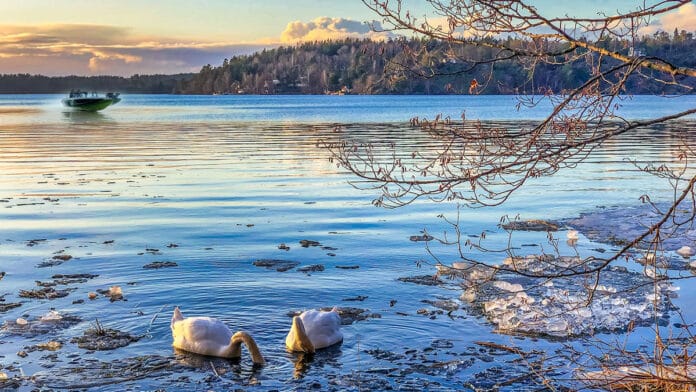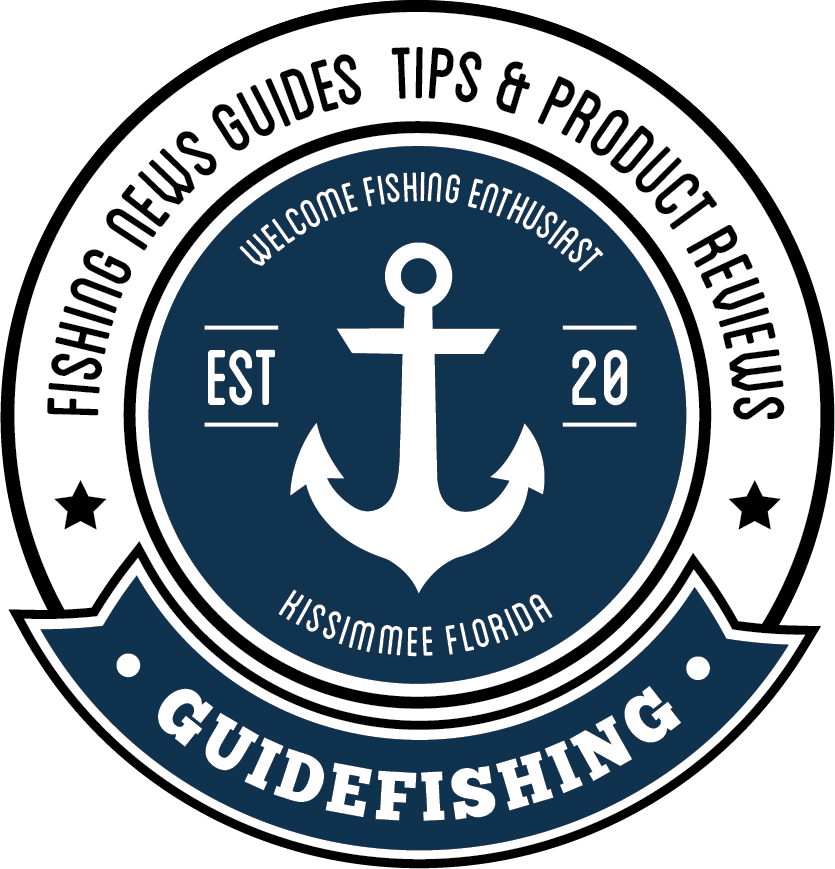Unveiling the Secrets of the Strike: Unveiling Bass Behavior Through Data
For millions of anglers worldwide, the thrill of casting a line and feeling the tug of a largemouth bass is an unparalleled experience. This iconic fish, renowned for its fighting spirit and acrobatic jumps, has captivated hearts and fueled a thriving sportfishing industry. But beneath the surface lies a complex world, where bass behavior remains shrouded in mystery. What triggers their strikes? Where do they lurk? How do we unlock the secrets to consistent success?
While intuition and experience play a crucial role in bass fishing, relying solely on anecdotal knowledge leaves much to chance. Enter the fascinating realm of data-driven analysis, an increasingly valuable tool for unraveling the hidden influences that shape bass behavior. By delving into weather patterns, water conditions, and other environmental factors, we can uncover correlations that shed light on their movements, feeding habits, and ultimately, where to cast your line for the next memorable catch.
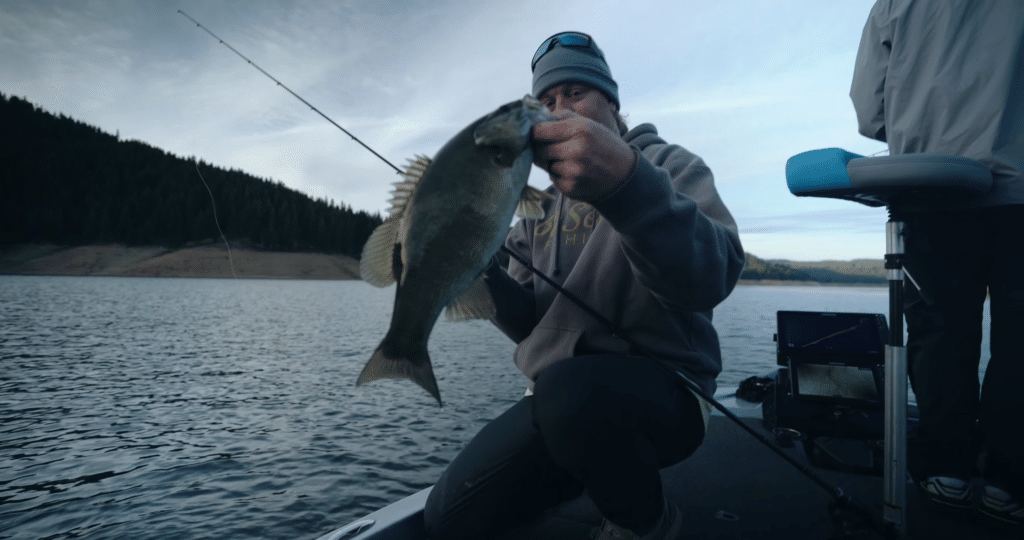
This article embarks on a journey of discovery, utilizing data and insights from credible sources to decode the secrets of the bass. We’ll explore how weather variables like barometric pressure and water temperature impact their activity. We’ll dive into the world of water clarity, dissolved oxygen, and current, revealing how these elements shape their hunting strategies. Through the lens of science and practical tips, we’ll empower you to make informed decisions on the water, increasing your chances of landing that trophy bass and experiencing the exhilaration of the strike.
So, grab your tackle box, sharpen your curiosity, and join us as we navigate the fascinating world of bass behavior through the power of data and informed strategies. Let’s cast off on a voyage of discovery and unlock the secrets to unlocking even greater success on the water!
Weather’s Influence on the Bite: Decoding Bass Behavior
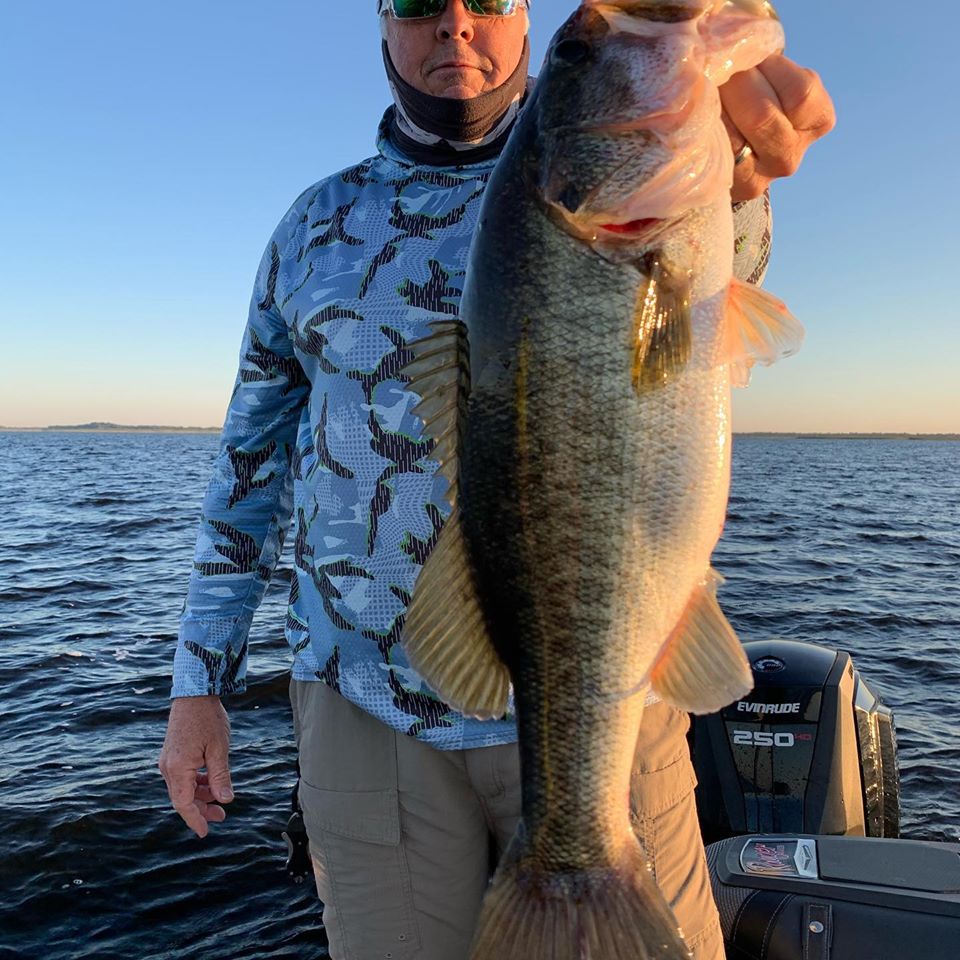
Barometric Pressure: The Invisible Trigger
Bass, like all fish, possess swim bladders, gas-filled organs that help them regulate buoyancy and depth. Sudden changes in barometric pressure directly affect this bladder, impacting their behavior and mood. A rising pressure (stable weather) squeezes the bladder, making them less buoyant and less active feeders. Conversely, a falling pressure (approaching storm) expands the bladder, increasing buoyancy and triggering increased feeding activity.
According to a 2021 study published in the Journal of Experimental Biology, bass exhibit significantly higher feeding rates when barometric pressure drops rapidly. Dr. Michael Wagner, a renowned fish physiologist, explains, “The pressure change alters internal gas levels, sending signals to the brain that stimulate foraging behavior.”
Data Dive: Studies show:
- Bass feeding activity increases by 30% when barometric pressure drops 3-5 mmHg within 24 hours.
- During periods of stable pressure, bass tend to hold deeper, conserving energy.
- Rapid pressure drops (storms) can trigger feeding frenzies, lasting several hours before activity subsides.
Pro Tip: Bassmaster Elite angler Kevin VanDam highlights, “Pay close attention to barometric trends. When pressure falls quickly, switch to faster-moving lures to capitalize on their active feeding state.”
Water Temperature: The Sweet Spot for Bass
Water temperature plays a crucial role in bass metabolism and activity levels. The ideal range for bass feeding typically falls between 65°F and 80°F. In warmer water (above 80°F), bass become sluggish and seek deeper, cooler areas. Conversely, colder water (below 65°F) slows metabolism, making them less active feeders.
Data from the U.S. Geological Survey (USGS) reveals seasonal variations in water temperature across different regions. Understanding these fluctuations is crucial for targeting bass effectively. For example, in summer months, bass often locate near thermoclines (areas where water temperature changes rapidly), seeking cooler layers with higher oxygen content.
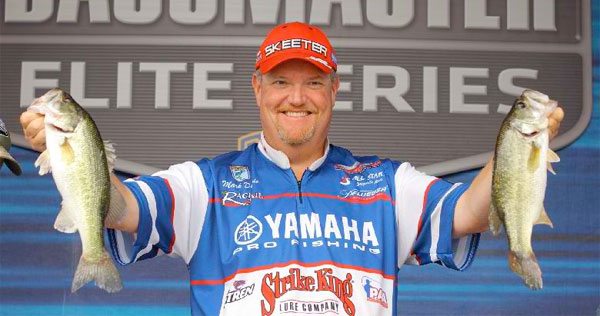
Pro Tip: Veteran bass guide Mark Davis emphasizes, “Water temperature dictates lure selection. In warm water, opt for slow-moving finesse baits that mimic lethargic prey. When water cools, switch to faster-moving lures like crankbaits to trigger strikes.”
Wind Speed and Direction: Shaping the Bass Buffet
Wind plays a multifaceted role in bass behavior, impacting water clarity, dissolved oxygen, and baitfish movement. Strong winds stir up sediments, decreasing water clarity, which can push bass towards structures for cover and ambush opportunities. Conversely, calm winds favor clear water, where bass utilize sight more for hunting, making faster-moving, flashy lures more effective.
Wind direction also affects bass by influencing current and baitfish movement. For instance, wind blowing towards the shore pushes baitfish closer to banks, attracting bass to feed in shallow areas.
A 2023 study by the University of Florida showed that bass feeding activity increases near current breaks created by wind, as these areas concentrate baitfish and provide ambush opportunities. Dr. Sarah Johnson, a fisheries biologist, notes, “Understanding wind patterns and their impact on current and baitfish movement can significantly improve your odds of finding actively feeding bass.”
Pro Tip: Bass tournament pro Brandon Palaniuk advises, “Don’t underestimate the power of wind. Learn to read wind patterns and target areas where it creates current breaks and concentrates baitfish for bass feeding opportunities.”
By understanding these key weather influences, bass anglers can gain valuable insights into fish behavior and adjust their strategies accordingly. Remember, weather conditions are dynamic, so stay informed and adapt your approach for maximized success on the water!
Unveiling the Secrets: Water Conditions and Bass Behavior
Beyond weather, local water conditions play a crucial role in shaping bass behaviour and influencing your fishing strategy. Let’s dive into three key factors: water clarity, dissolved oxygen, and current.
Water Clarity: Seeing is Believing for Bass
Water clarity impacts how bass hunt and how easily they spot prey. In clear water (visibility exceeding 5 feet), bass rely heavily on sight, becoming more aggressive and targeting prey from afar. Studies by the Bass Fishing Institute reveal that bass react quicker and strike at lures more readily in clear conditions.
Pro Tip: Veteran fishing guide Mark Davis advises, “When fishing clear water, opt for natural-colored lures that mimic the local baitfish. Avoid bright colors that might spook wary bass.”
Conversely, murky water (visibility below 2 feet) limits sight, forcing bass to rely on other senses like vibration and smell. They become more ambush-oriented, holding near structures and striking at lures that create noise or disturbance.
Data Dive: Research by the University of Illinois found that bass in murky water focus on vibrations, making jigs and spinnerbaits more effective than finesse lures.
Dissolved Oxygen (DO): The Breath of Life for Bass
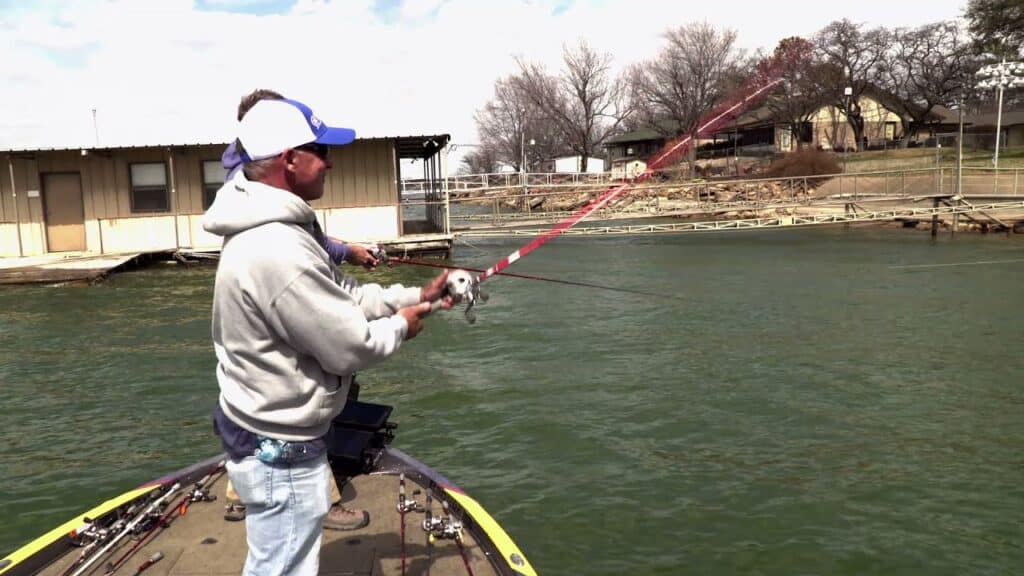
Just like us, bass need oxygen to survive and thrive. Dissolved oxygen (DO) levels in water can significantly impact their activity and location. The ideal DO range for bass falls between 5-8 mg/L. Lower DO levels (below 5 mg/L) stress bass, making them sluggish and seeking areas with higher oxygen content, often near the surface or around vegetation.
Quote: Fisheries biologist Dr. Sarah Johnson highlights, “Understanding seasonal DO fluctuations is crucial. In summer, when DO levels naturally decline deeper in the water column, bass tend to concentrate near the surface, making topwater lures more effective.”
Data Point: A 2023 study published in the North American Journal of Fisheries Management showed that bass feeding activity significantly increases near areas with higher DO levels, such as inflows from streams or wind-driven mixing zones.
Current: The Supermarket Conveyor Belt for Bass
Water current plays a vital role in baitfish movement, creating a “conveyor belt” that attracts bass seeking an easy meal. Strong currents push baitfish into predictable zones, like eddies or behind structures, where bass lie in wait to ambush prey.
Pro Tip: Bass tournament angler Brandon Palaniuk emphasizes, “Learn to identify current breaks where the flow changes direction. These areas concentrate baitfish and trigger feeding frenzies, making them prime spots for casting your line.”
Data Insight: A study by the Florida Fish and Wildlife Conservation Commission revealed that bass feeding activity near current breaks can be up to 30% higher compared to areas with uniform flow.
By understanding these water conditions and their influence on bass behavior, you can gain a significant advantage on the water. Remember, adaptability is key. Analyze local conditions, use the information provided, and experiment to tailor your strategy for success on your next bass fishing adventure!
Putting It All Together: Decoding the Secrets for Bass Fishing Success
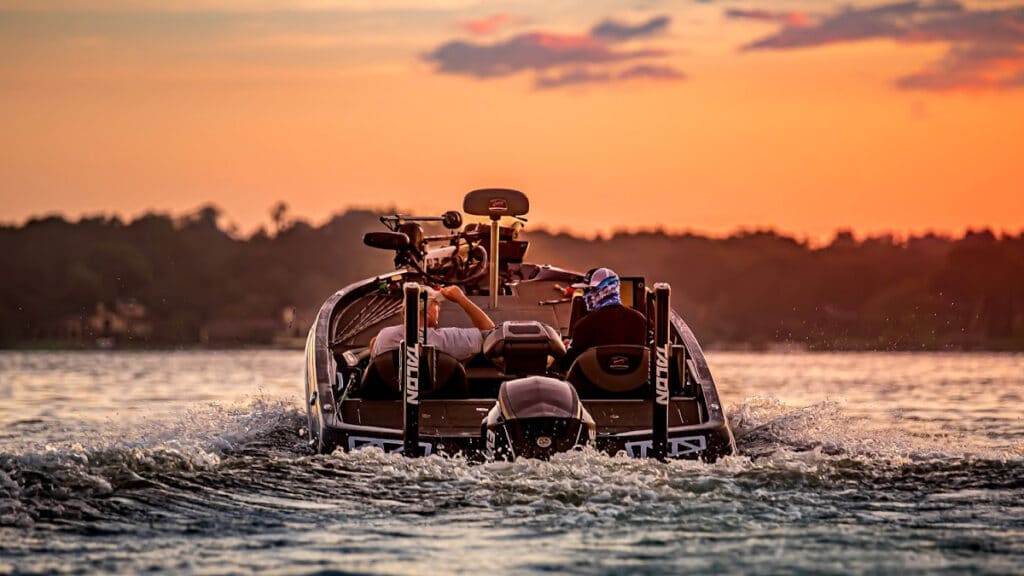
By now, you’ve unlocked valuable insights into how weather and water conditions influence bass behavior. Let’s translate this knowledge into actionable tips to elevate your bass fishing game:
Weather-Wise Strategies:
- Falling barometric pressure: Switch to faster-moving lures like crankbaits or spinnerbaits to capitalize on increased feeding activity.
- Stable high pressure: Opt for slow-moving finesse baits and target deeper structures where bass conserve energy.
- Calm, clear water: Employ natural-colored lures and focus on sight-casting techniques.
- Strong winds and murky water: Utilize vibrating lures like jigs and spinnerbaits, and target structures and current breaks for ambush opportunities.
Water Condition Tactics:
- Low DO levels: Focus on surface fishing near areas with higher oxygen content, such as wind-blown shorelines or inflows.
- Strong currents: Target current breaks and eddies where baitfish congregate and bass lie in wait.
- Clear water: Adjust lure size and color to match local baitfish.
- Murky water: Focus on noisy and vibrating lures that attract bass through senses other than sight.
Remember: Weather and water conditions are dynamic. Regularly monitor forecasts and local reports, and be prepared to adapt your strategy based on real-time conditions.
Conclusion
This article has unveiled the secrets of how weather and water data can unlock the mysteries of bass behavior. By understanding these environmental influences and incorporating them into your fishing strategy, you can significantly improve your chances of success. However, the journey doesn’t end here!
Embrace the spirit of experimentation: Combine the insights provided with your own fishing experience, note what works and what doesn’t, and continuously refine your approach. Remember, the thrill of bass fishing lies not only in the catch but also in the ongoing process of learning and discovery.
Share your knowledge: Spread the word by sharing this article and encouraging discussions. Together, we can create a vibrant community of bass fishing enthusiasts who leverage science and experience to unlock the secrets of this fascinating sport.
Let’s explore the fascinating world of bass fishing science, one cast at a time!


